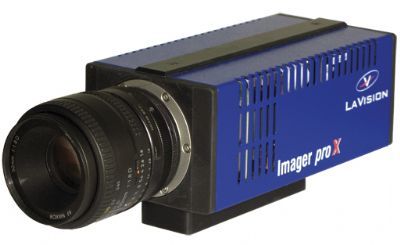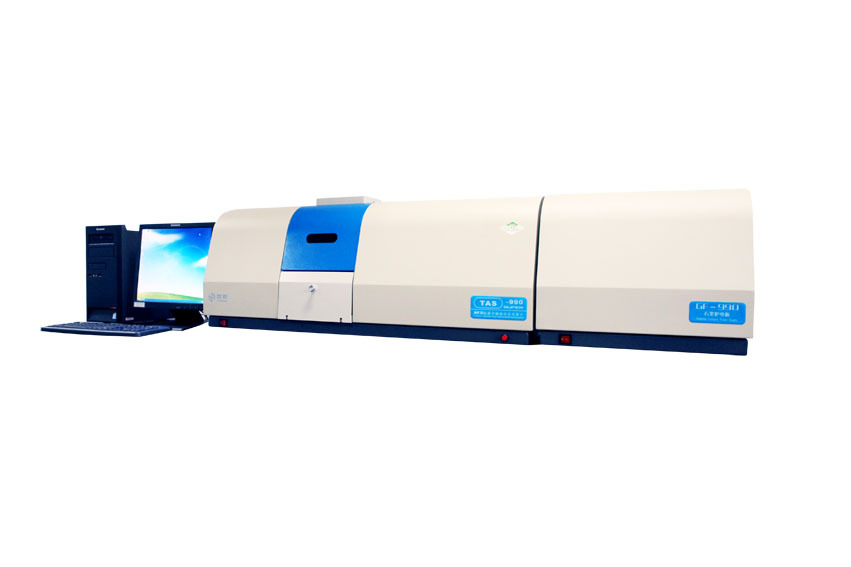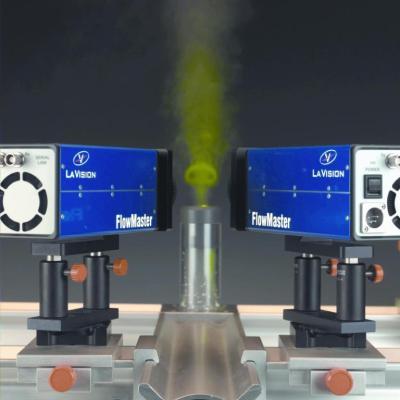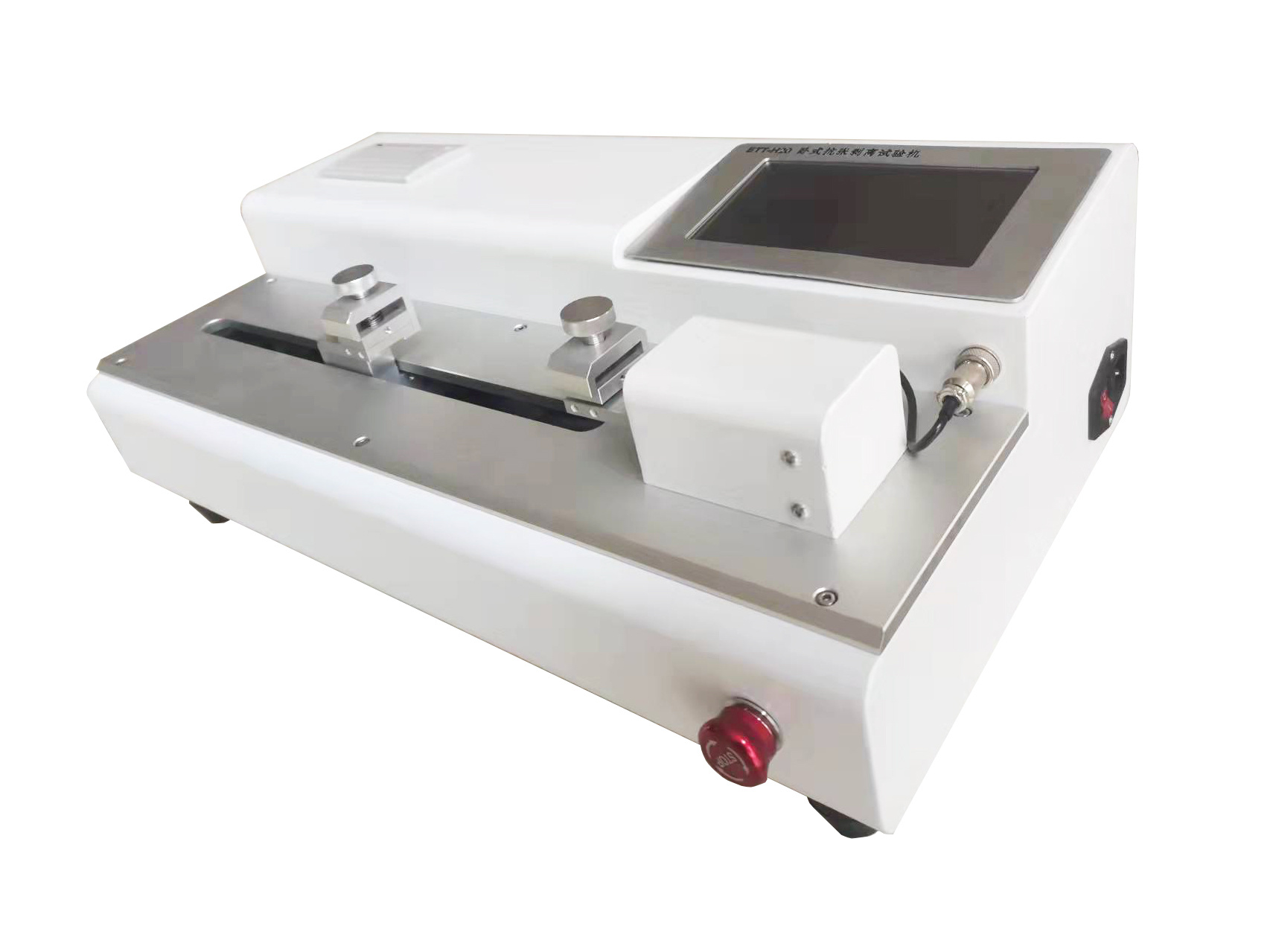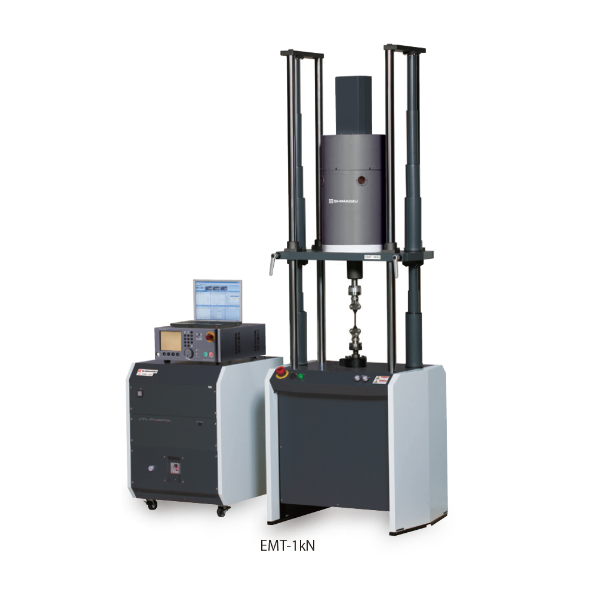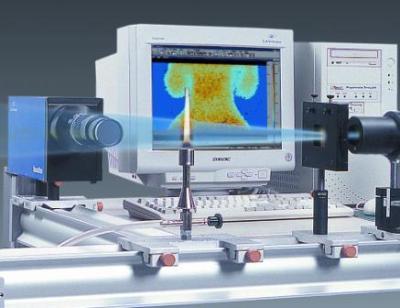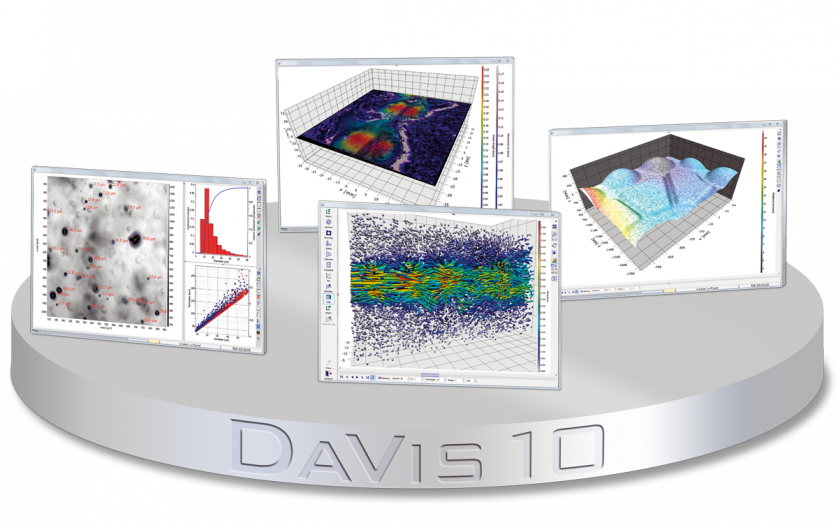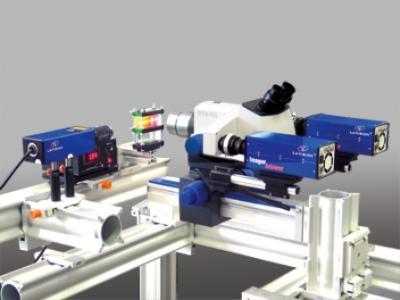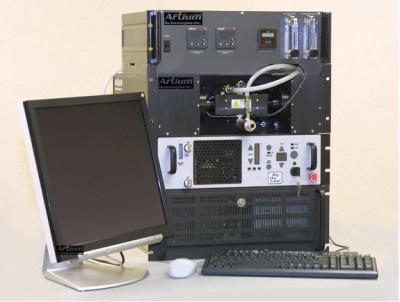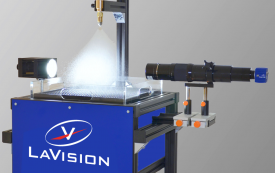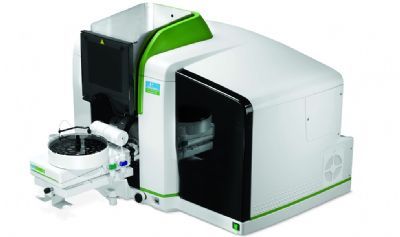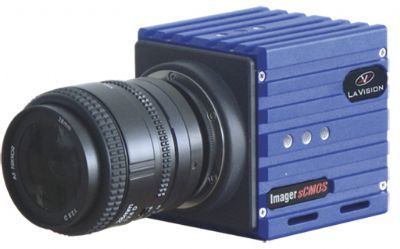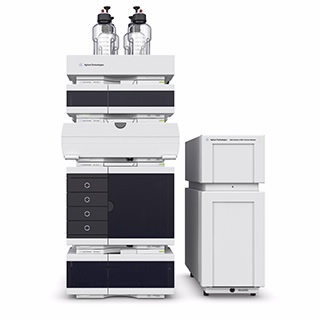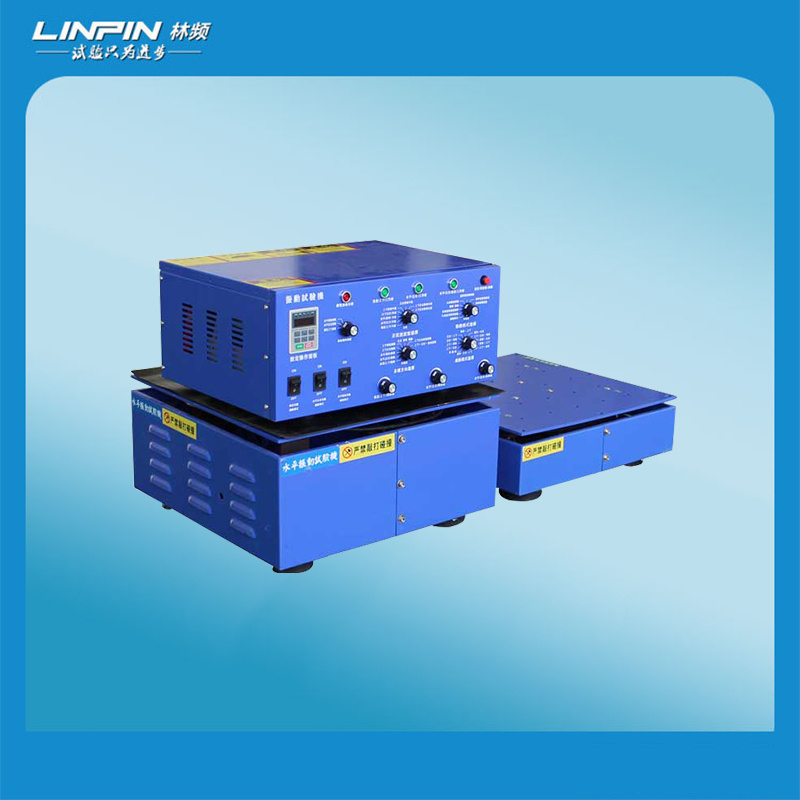液体喷射横向注入旋转交叉流体的三维贯穿度和速度分布
An experimental study has been conducted to study the effect of a swirling crossflow on transversely injected liquid jets. In-house designed axial swirlers with vane exit angles of 30° , 45° and 60° were used to generate the swirling crossflow. Laser Doppler Velocimetry (LDV) results indicate that the axial (Ux) and the tangential (Uθ ) components of the crossflow velocity decrease with increasing radial distance from the center. Also, flow angle (ψ ) of the crossflow is lesser than the swirler vane exit angle indicating that the swirlers did not impart sufficient tangential momentum for the flow to be parallel to the vanes at swirler exit. The deficit in flow angle increased with swirler angle. Water jets were injected from a 0.5 mm diameter orifice located on a cylindrical centerbody that protruded through the hub of the swirler. Particle Image Velocimetry (PIV) was used to study the behavior of the jets. PIV measurements were conducted in multiple cross-sectional and streamwise planes. Mie-Scattering images were col-lated to create three-dimensional representation of the jet plume, which was used to study penetration. In cylindrical coordinate system, the penetration can be described in terms of radial and “circumferential” penetration, where cir-cumferential penetration is defined as the difference in the circumferential displacement of the jet and the crossflow over the same streamwise displacement. Increasing the momentum flux ratio (q) resulted in a higher radial penetra-tion. Increasing the swirl angle reduced radial penetration and increased circumferential penetration. PIV results of the cross-sectional and streamwise planes each yielded two velocity components which were merged to obtain three-dimensional droplet velocity distribution. The three-dimensional velocity distribution yielded further insight into the evolution of the jet plume
